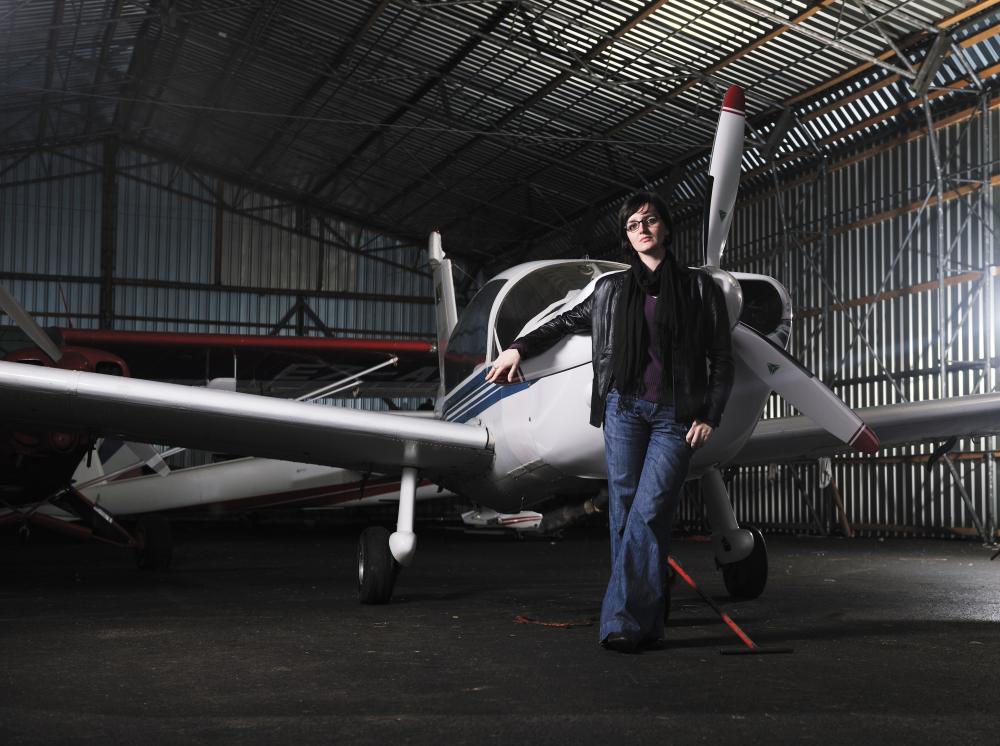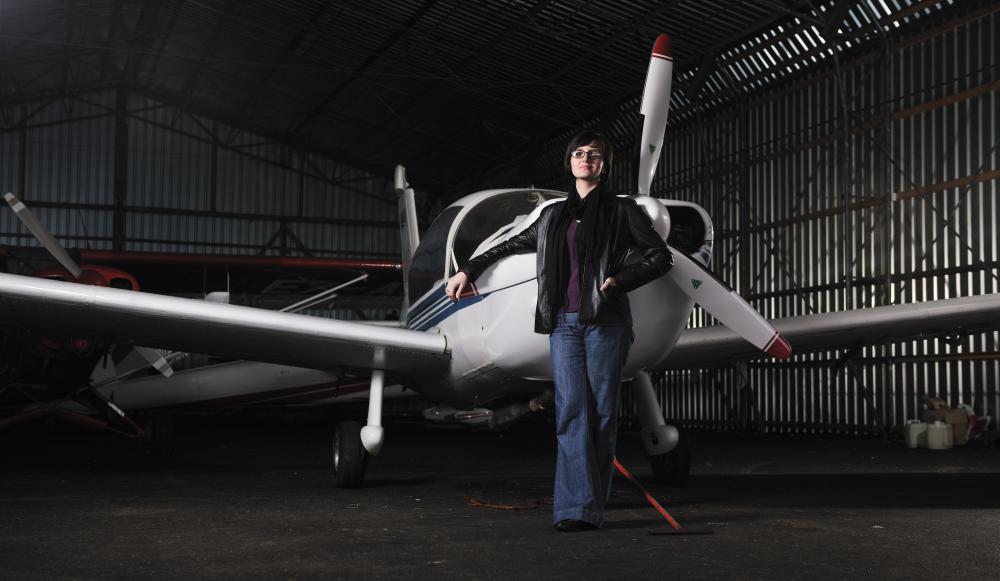
Introduction to Accelerated Private Pilot Training
Imagine the sky as not just a vast expanse above but as a potential pathway to thrilling adventures, challenging careers, and endless exploration. That’s what accelerated private pilot training offers – a gateway into the skies, condensed into a time frame that fits into the fast-paced world we live in. As part of Digital Marketing Toolkit, we’ve always aimed to provide resources that not only enhance efficiency but also unlock new possibilities. It’s from this perspective that we delve into the world of accelerated private pilot training, drawing parallels with the rapid yet thorough approach we prefer in digital marketing.
What Makes Accelerated Training Different?
Accelerated private pilot training is not just about speeding through the learning process; it’s about efficiency and effectiveness. Much like the tools in our marketing toolkit that streamline operations and maximize results, this training approach is designed for those who wish to immerse themselves fully, leveraging focused, intensive study periods.
In a way, it’s similar to a targeted marketing campaign that aims for impactful results in a short amount of time. This training condenses months of learning into just a few weeks, making it ideal for individuals with tight schedules looking to fast-track their entry into aviation.
Key Components of the Program
Personalized Learning Paths
Just as we advocate for customized marketing strategies, accelerated private pilot training programs often offer personalized learning paths. These are tailored to the learner’s pace and aptitude, ensuring that each candidate gets the most out of their training within the shortest time possible.
Simulator Sessions
Modern flight training heavily relies on simulator sessions, providing a risk-free environment for students to practice and hone their skills. It’s akin to using digital simulations to predict market trends or consumer behavior, allowing for a prepared approach in actual scenarios.
Advantages of Accelerated Training
- Time Efficiency: The most obvious advantage is the reduced time to certification, allowing pilots to begin their careers or enjoy their flying privileges sooner.
- Focus and Retention: Immersive learning environments improve focus and information retention, much like intensive, short-term marketing campaigns that create lasting impressions.
- Cost-effectiveness: While the upfront costs might seem high, the condensed timeline can actually lead to financial savings by minimizing extended costs associated with longer training schedules.
Considerations Before Enrolling
Accelerated private pilot training, while lucrative, is not a one-size-fits-all solution. Prospective students should consider their learning styles, financial investment, and personal commitments. It requires dedication, with intensive study and flying schedules that demand a student’s full attention, mirroring the commitment required for high-stakes marketing campaigns where every second counts.
Requirements to Start Training
Before embarking on this fast-track journey, certain prerequisites must be met. These include a minimum age requirement, the ability to read, speak, and understand English, and passing a basic medical examination. Additionally, students must successfully complete the FAA written test before beginning practical flight training, underscoring the importance of preparedness akin to preliminary market research in digital marketing.
Training Duration and Syllabus
The accelerated private pilot training program can range from three to six weeks, depending on the flight school and the student’s availability. The curriculum is comprehensive, covering everything from aircraft operations and navigation to weather patterns and FAA regulations – all packed into a condensed timeline. This approach mirrors our methodology in digital marketing, where broad campaigns are distilled into specific, targeted efforts for maximum impact.
Choosing the Right Flight School
Just as selecting the right marketing tools is crucial for campaign success, choosing the right flight school for accelerated private pilot training is paramount. Prospective pilots should look for schools with a solid reputation, experienced instructors, and a track record of success. It’s also important to consider the school’s facilities, including their fleet and training environments, to ensure they align with one’s learning preferences and goals.
Personal Experience and Concluding Thoughts
From my perspective, diving into accelerated private pilot training is much like navigating the digital marketing landscape. Both require a deep commitment, a willingness to immerse oneself fully in the learning process, and the ability to adapt quickly. My journey through marketing has taught me the value of intense, focused efforts to achieve certification or campaign goals within tight deadlines.
Accelerated private pilot training is a testament to what can be achieved when dedication meets opportunity. It opens up new horizons, offering not just the thrill of flight but also the chance to pursue aviation careers or personal flying aspirations at an expedited pace. As we continue to explore and incorporate the best tools and practices in digital marketing, let’s take inspiration from such training programs that challenge the norms and elevate standards at an accelerated speed.
In conclusion, whether you’re charting a course through the digital marketing skies or the literal ones, the key to success lies in choosing the right tools, committing fully to the process, and always aiming high. Through accelerated private pilot training, the sky is not the limit; it’s just the beginning.

What is Accelerated Private Pilot Training?
Accelerated Private Pilot Training is an immersive program designed to condense the traditional pilot training time frame significantly. Unlike standard flight training, which may spread over months or even a year, accelerated programs aim to have students ready for their FAA checkride in as short as three to six weeks. It’s akin to a boot camp for pilots, characterized by intensive daily lessons, both in the classroom and in the cockpit, which necessitates a student’s full dedication and focus.
Why Choose Accelerated Training Over Traditional Methods?
Choosing accelerated training is ultimately about aligning with one’s goals for time efficiency and immersion. For individuals with tight schedules or those eager to kickstart their aviation careers or hobbies, the accelerated path offers a route to certification that is swift yet comprehensive. It mirrors the approach we often take in digital marketing at Digital Marketing Toolkit, where time-bound, immersive strategies often yield significant outcomes. Moreover, the focused environment enhances retention and mastery of skills in a condensed period, a key advantage for aspiring pilots aiming to make the most of their training investment.
Are There Any Downsides to Accelerated Pilot Training?
While the benefits are compelling, accelerated training isn’t without its challenges. The pace is rigorous, demanding a high level of commitment and mental stamina from students. It’s not just about having the time; it’s about having the right mindset. Additionally, the upfront cost might be higher, although it’s often offset by the shorter training duration. It’s important for prospective students to realistically assess their learning styles and personal commitments before taking the plunge. Just as we choose our marketing tools at Digital Marketing Toolkit carefully based on our needs and capacity, the same thoughtful selection process applies to choosing a pilot training path.
How Do You Prepare for Accelerated Training?
Preparation is key to thriving in an accelerated program. Beyond meeting the FAA’s basic prerequisites, successful students often embark on self-study, familiarizing themselves with aviation theory, regulations, and the airspace system even before the first day of class. Additionally, prioritizing physical and mental health can’t be overstated; ensuring adequate rest, nutrition, and stress management practices will support the intense learning period. It’s much like preparing for a major marketing campaign launch; you need to lay the groundwork, ensure you have the right tools at your disposal, and be in the right headspace for the challenges ahead.
What Should You Look For in a Flight School?
Choosing the right flight school for accelerated private pilot training involves a few critical considerations. Reputation and track record of success are paramount–seek out schools with positive testimonials and strong pass rates. Instructor experience is also key; seasoned instructors can offer invaluable insights and guidance. Additionally, check the availability of resources like flight simulators and the condition of the aircraft fleet. Facilities should well support the demanding pace of accelerated learning. It’s like selecting the right marketing tools – the choice can significantly impact your success trajectory.
Can Accelerated Training Truly Prepare You for Being a Pilot?
There’s sometimes skepticism over whether accelerated programs can provide a comprehensive education. However, when executed well, these programs not only cover all necessary theory and practical skills but also immerse students in a learning-intensive environment, enhancing their ability to perform under pressure. The effectiveness of such training echoes our experience at Digital Marketing Toolkit with intensive projects; with the right focus, resources, and dedication, accelerated progress is not only possible but can set a solid foundation for lifelong learning and adaptation in a fast-evolving field like aviation.
Do you have more questions or need further clarification? Feel free to leave your comments or inquiries below, and let’s dive deeper into the world of accelerated pilot training together.
Resources
- FAA – Federal Aviation Administration – https://www.faa.gov/
Official website of the Federal Aviation Administration providing information on regulations, certifications, and resources for pilots.
- AOPA – Aircraft Owners and Pilots Association – https://www.aopa.org/
A non-profit organization dedicated to general aviation advocacy and supporting pilots with training resources and information.
- EAA – Experimental Aircraft Association – https://www.eaa.org/
An international organization for recreational aviation enthusiasts, offering educational programs and resources for pilots.
- FAASTeam – FAA Safety Team – https://www.faasafety.gov/
Program under the FAA providing safety training, resources, and information for pilots to enhance aviation safety.
Mesa AZ 85212
